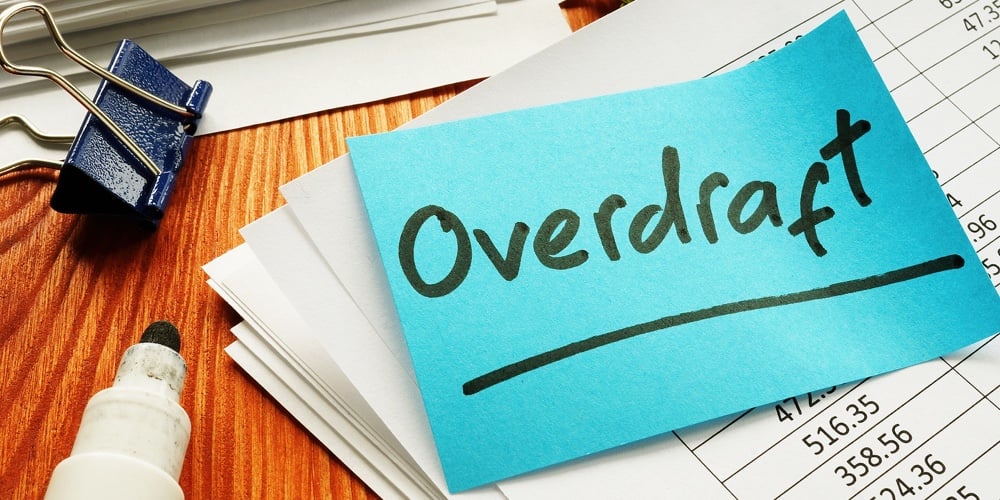Overdraft scrutiny continues to intensify: The need for change is essential

Regulators and competitive pressures continue to intensify in the world of overdraft (OD). In early December 2021, the Consumer Financial Protection Bureau (CFPB) announced it would be “enhancing its supervisory and enforcement scrutiny of banks that are heavily dependent on overdraft fees” and the Office of the Comptroller of the Currency (OCC)’s acting comptroller recommended changes to overdraft programs, calling for new rules regarding overdraft practices. We first wrote about these upcoming changes in a previous blog post, “Now is the Time to Rethink Your Overdraft and Non-Sufficient Funds Fees Strategy.”
In a bid to get ahead of potential regulations, the “Big Three” financial institutions have joined the movement to help consumers avoid overdraft fees by making significant changes to their overdraft practices. Bank of America will be lowering their overdraft fee from $35 to $10 and eliminating non-sufficient funds (NSF) fees. In 2021, Chase eliminated returned item fees and expanded their overdraft threshold to $50. This year, Chase implemented early payroll direct deposit and will be providing customers an additional 24 hours to bring their balance back to $50 overdrawn or less. Wells Fargo will be eliminating NSF fees and transfer fees for certain customers and will be offering a 24-hour grace period, early access to direct deposits and a new, short-term loan product. All three banks offer “no OD/NSF fee” checking account products.
Many smaller financial institutions and challenger banks have embraced similar strategies. This revolution has permanently changed consumer expectations regarding overdrafts. More and more consumers are expecting low-cost and flexible overdraft solutions to ensure that their transactions are paid, late fees for bills are avoided and that they have the ability to bridge the gap between paychecks when needed.
continue reading »
